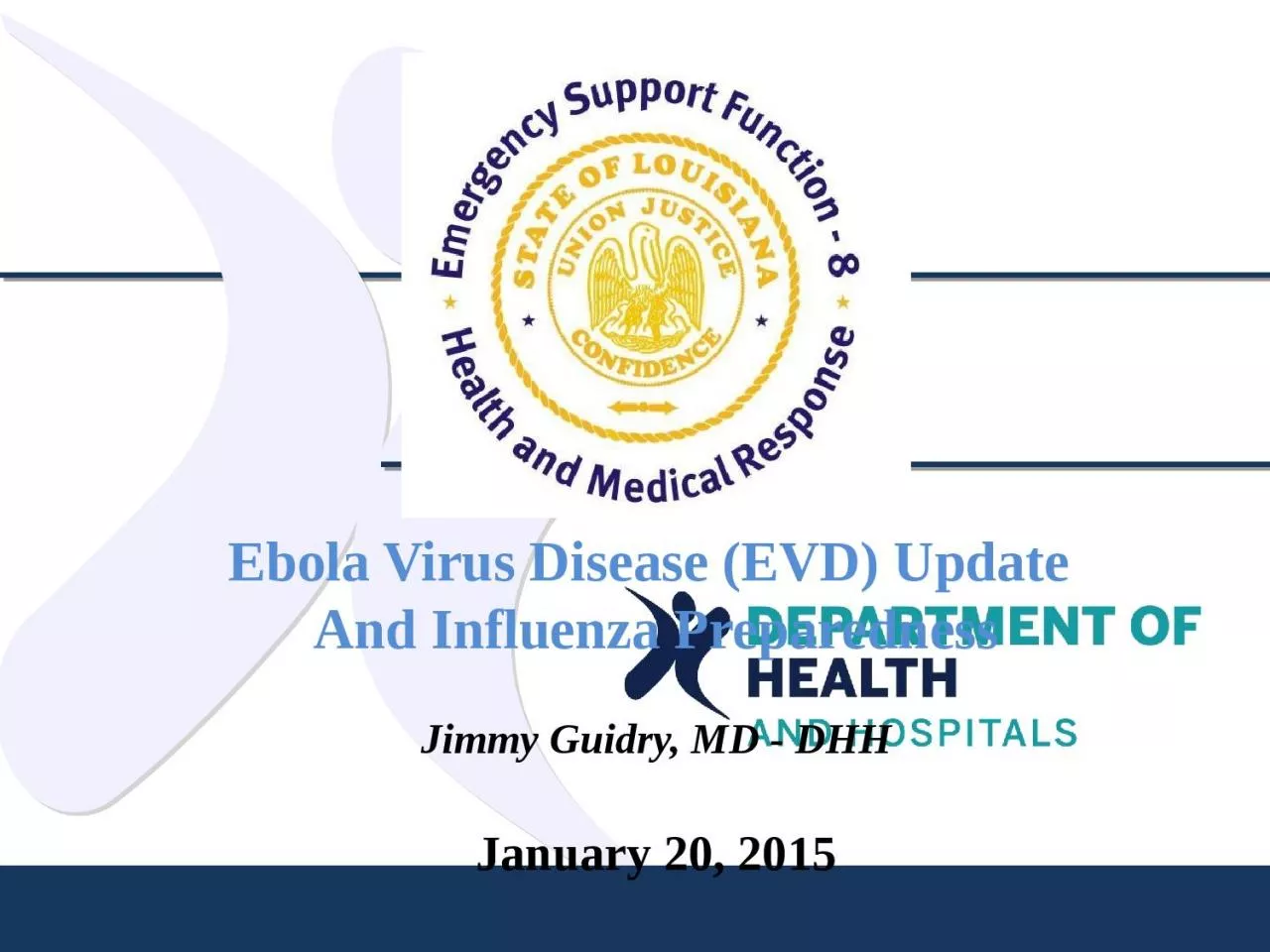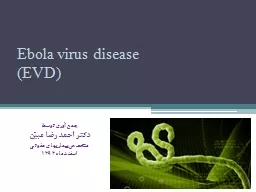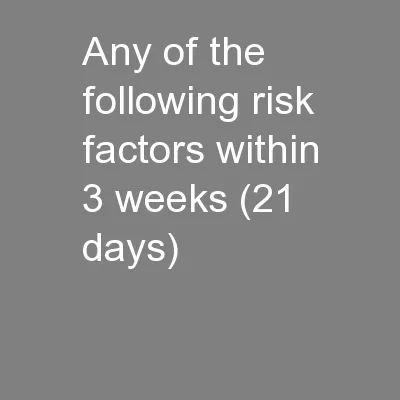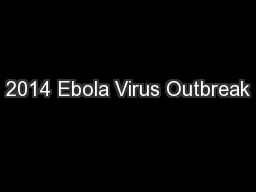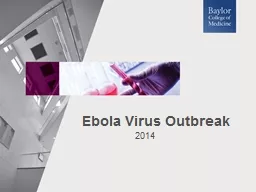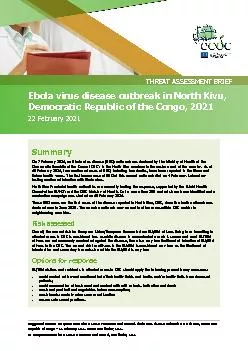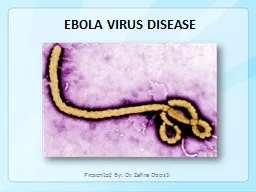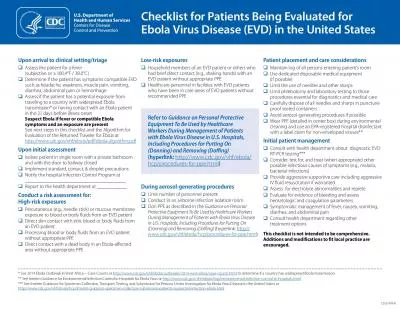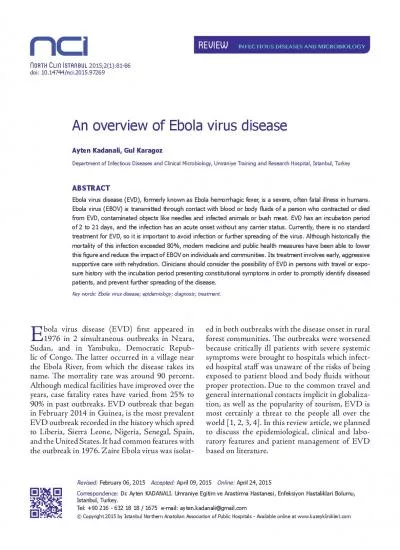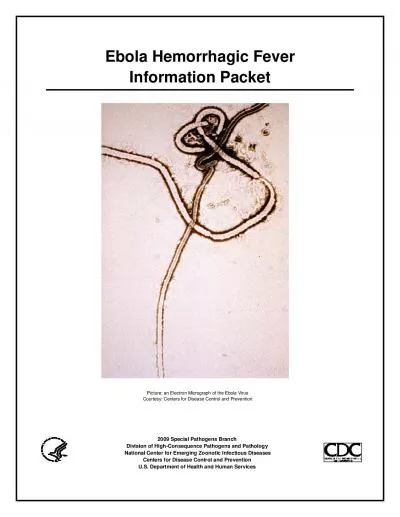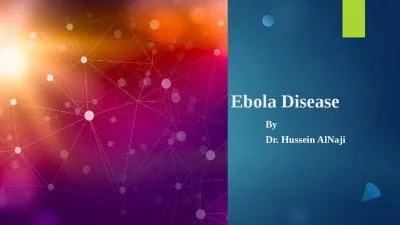PPT-Ebola Virus Disease (EVD) Update
Author : angelina | Published Date : 2024-03-13
And Influenza Preparedness Jimmy Guidry MD DHH January 20 2015 Agenda Topics Ebola Status Update What has changed in West Africa that impacts EVD planning for US
Presentation Embed Code
Download Presentation
Download Presentation The PPT/PDF document "Ebola Virus Disease (EVD) Update" is the property of its rightful owner. Permission is granted to download and print the materials on this website for personal, non-commercial use only, and to display it on your personal computer provided you do not modify the materials and that you retain all copyright notices contained in the materials. By downloading content from our website, you accept the terms of this agreement.
Ebola Virus Disease (EVD) Update: Transcript
Download Rules Of Document
"Ebola Virus Disease (EVD) Update"The content belongs to its owner. You may download and print it for personal use, without modification, and keep all copyright notices. By downloading, you agree to these terms.
Related Documents

